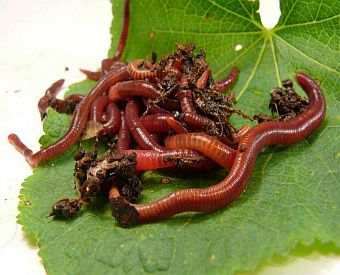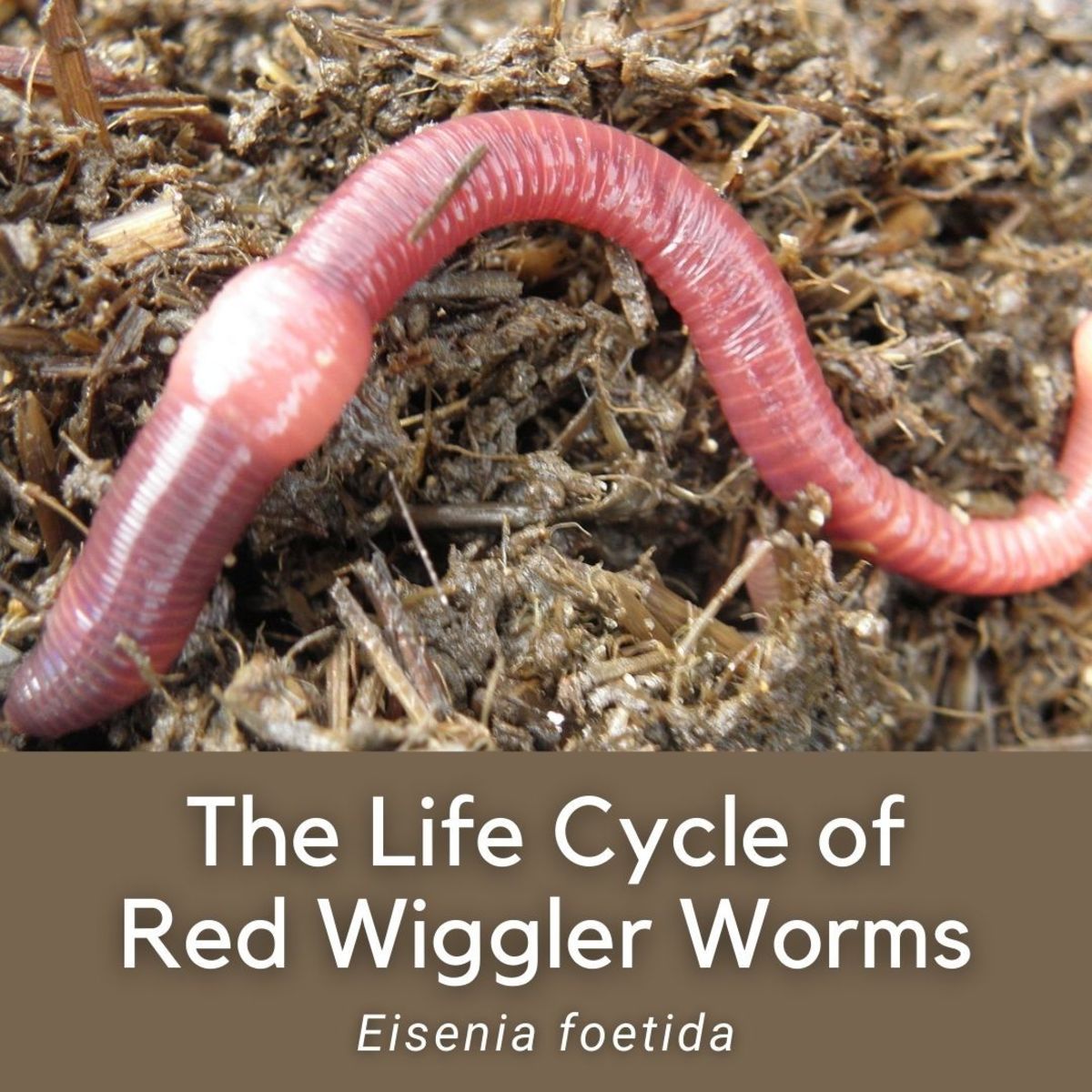Organic Composting with Red Wiggler Worms - Boost Your Garden's Growth
Organic Composting with Red Wiggler Worms - Boost Your Garden's Growth
Blog Article
Taking Full Advantage Of the Conveniences of Red Wiggler Worms: A Comprehensive Handbook for Home Gardeners and Urban Farmers
In the world of sustainable gardening methods, red wiggler worms stand as unhonored heroes, silently changing natural waste right into nutrient-rich spreadings that can work marvels for dirt wellness. By exploring the complexities of exactly how to efficiently care for and make the most of the advantages of red wiggler worms, people can open a riches of possibilities for enhancing the sustainability and productivity of their gardening undertakings.
Recognizing Red Wiggler Worms
Red Wiggler worms, renowned for their reliable composting abilities, are a species of earthworms widely used in vermiculture techniques. These worms, clinically recognized as Eisenia fetida, flourish in rotting natural material, making them excellent candidates for composting.
One secret attribute of Red Wiggler worms is their reproductive rate. These hermaphroditic creatures have both male and women reproductive body organs, allowing them to recreate swiftly under positive conditions. A mature Red Wiggler can create multiple spawn in a brief period, making sure a constant populace within a composting system.

Establishing a Worm Bin
When developing a worm bin for vermiculture objectives, correct prep work and interest to detail are crucial for producing a conducive environment for Red Wiggler worms. Begin by picking an appropriate container for your worm container. This can be a plastic or wooden container with a lid to maintain dampness levels and secure the worms from light. Guarantee that the container has drain holes near the bottom to avoid waterlogging.

Place the worm bin in a trendy, dark location away from straight sunlight and severe temperature levels. By adhering to these steps, you can set up a flourishing worm bin that will efficiently refine organic waste right into nutrient-rich vermicompost for your yard.
Feeding and Preserving Worms
Ensuring a nutritious and well balanced diet is important for the wellness and performance of Red Wiggler worms in a vermiculture system. Red Wigglers are starved eaters, efficient in consuming their own body weight in organic matter daily. To preserve a thriving worm population, it is necessary to provide them with a range of food scraps such as vegetables and fruit peels, coffee grounds, tea bags, and crushed eggshells. Nevertheless, it is very important to stay clear of feeding them citrus fruits, onions, garlic, dairy items, meat, and oily foods as these can be harmful to the worms or cause undesirable odors in the container.
Correct moisture degrees are likewise essential for the well-being of Red Wiggler worms. By vigilantly checking their diet plan, dampness, and environmental problems, home garden enthusiasts and city farmers can sustain a productive and healthy Red Wiggler worm populace for composting objectives.
Collecting Worm Spreadings
To effectively extract nutrient-rich worm castings from the vermicompost, a methodical harvesting procedure is crucial for making best use of the composting benefits. The initial action in gathering worm castings is to motivate the worms to migrate to one side of the container.
After the spreadings have been harvested, it is essential to separate any remaining worms from the spreadings to stay clear of hurting them during storage space or application. One reliable method is to create cone-shaped piles of spreadings under brilliant light. Worms will naturally relocate far from the light, enabling simple splitting up this hyperlink and removal.
Last but not least, the harvested worm castings need to be kept in a great, dark, and completely dry location to preserve their top quality and efficiency as a nutrient-rich soil amendment. By complying with these actions, home garden enthusiasts and metropolitan farmers can make the most of the benefits of red wiggler worms in their vermicomposting systems.
Utilizing Worm Castings in Gardening
The unification of nutrient-rich worm spreadings into yard soil can substantially boost plant growth and total soil health and wellness. Worm castings, also referred to as vermicast, are an all-natural fertilizer produced by red wiggler worms as they damage down organic matter. These spreadings are abundant in important nutrients like nitrogen, phosphorus, potassium, and valuable germs that advertise plant growth and improve soil framework.
When making use of worm castings in horticulture, it is necessary to blend them extensively right into the soil or use them as a top dressing around plants. The slow-release nature of worm spreadings guarantees a consistent supply of nutrients to plants gradually, reducing the threat of nutrient leaching and advertising lasting dirt fertility. Additionally, worm spreadings aid boost soil aeration, water retention, and microbial activity, developing a healthy and balanced environment for plant origins to thrive.

Verdict
In final thought, the utilization of red wiggler worms in home horticulture and urban farming can significantly profit soil health and plant growth. By understanding click over here just how to establish up and preserve a worm container, feed the worms appropriately, and harvest their nutrient-rich spreadings, gardeners can make the most of the benefits of these earthworms. Incorporating worm castings into gardening techniques can boost soil fertility and total plant performance. Generally, red wiggler worms offer a effective and sustainable service for boosting yard and farm yields.
In the realm of sustainable horticulture techniques, red wiggler worms stand as unrecognized heroes, quietly changing organic waste right into nutrient-rich spreadings that can function marvels for dirt health and wellness.When developing a worm Discover More Here bin for vermiculture functions, proper preparation and interest to information are vital for creating a favorable environment for Red Wiggler worms. The initial action in gathering worm castings is to encourage the worms to migrate to one side of the bin. Worm castings, likewise understood as vermicast, are an all-natural fertilizer created by red wiggler worms as they break down natural matter. By recognizing how to establish up and keep a worm container, feed the worms correctly, and harvest their nutrient-rich castings, garden enthusiasts can make best use of the advantages of these earthworms.
Report this page